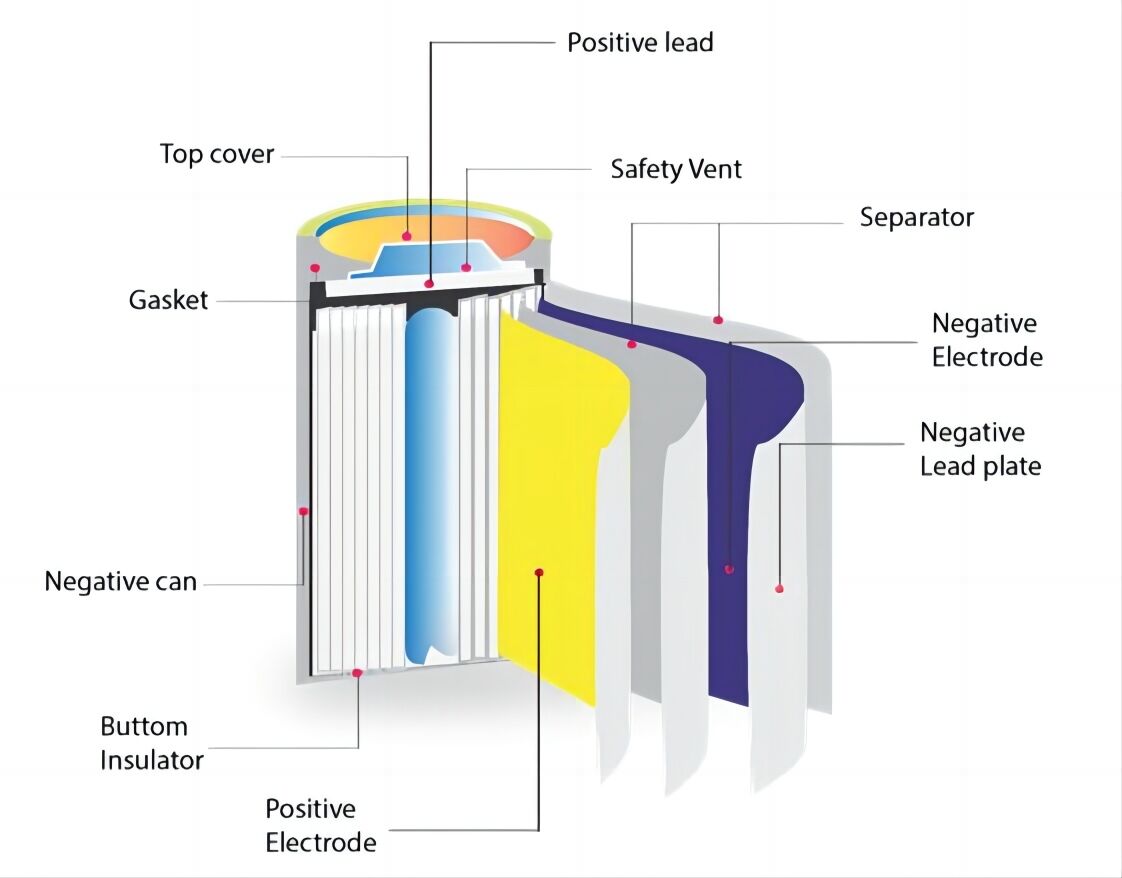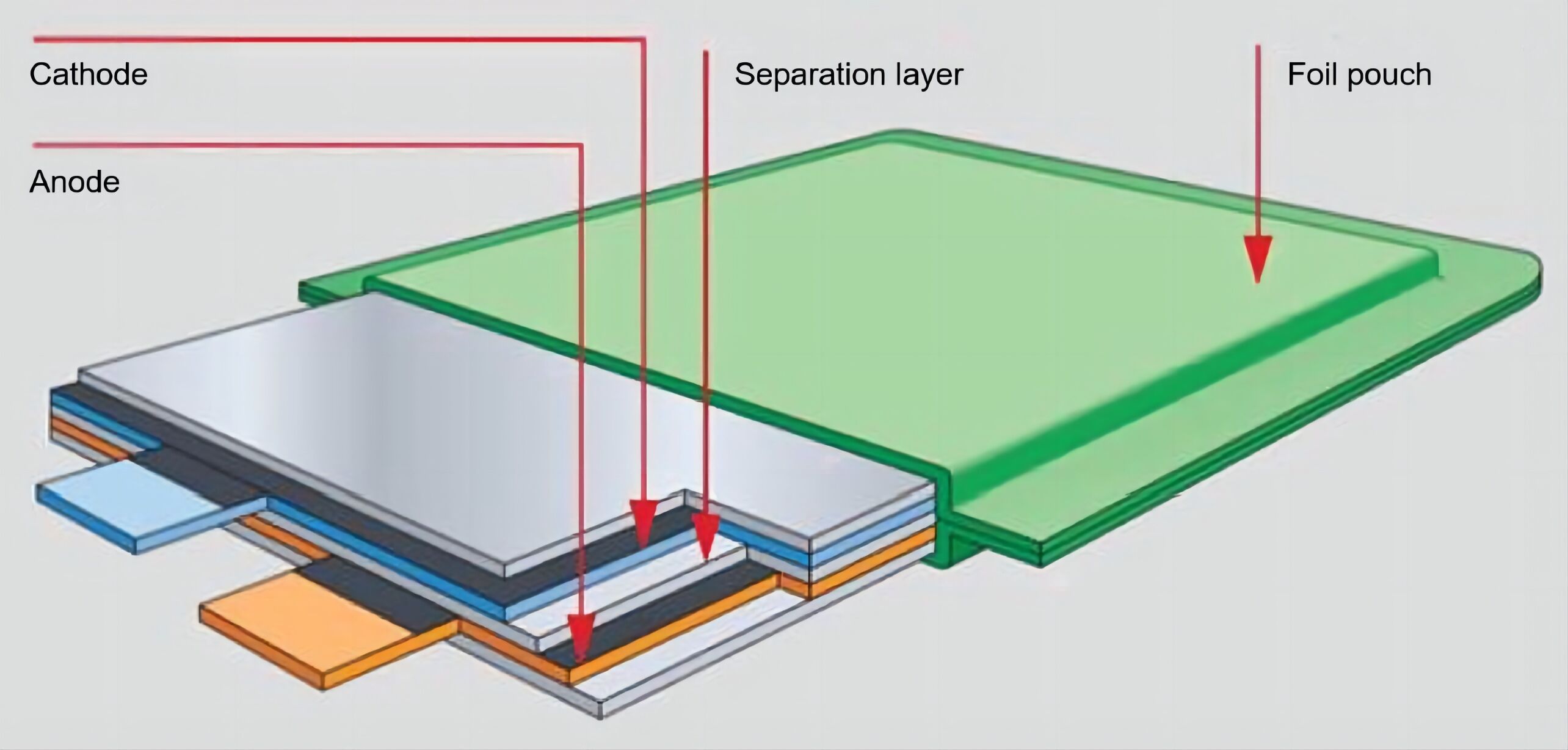Новости
В чем разница между литий-полимерными и литий-ионными аккумуляторами?
С постоянным увеличением производства высококлассного оборудования с течением времени и с учетом постоянного спроса рынка на экологическую защиту окружающей среды на промышленном рынке используется все больше и больше экологических продуктов защиты окружающей среды. Что касается рынка батарей, то литий-ионные батареи за короткий период времени заменили традиционные свинцово-кислотные батареи своими различными характеристиками, став основой рынка энергохранилищ. Существует много типов литий-ионных батарей. В некотором смысле появление литий-полимерных батарей позволило полностью использовать многие электронные продукты, такие как гарнитуры Bluetooth TWS, такие как уникальные небольшие электронные устройства. Давайте посмотрим, какая из них лучше, литий-полимерная или литий-ионная, и в чем разница.
Анализ литий-ионных батарей
Это вторичная батарея (перезаряжаемая батарея), которая работает специально благодаря движению ионов лития между положительными и отрицательными электродами. Во время процесса разряда элемент Ли вводится и деинтеркалируется между двумя электродами; во время зарядки элемент Ли отпадает от положительного электрода и вводится в отрицательный электрод через электролит, а отрицательный электрод находится в состоянии, богатом литием; обратное относится к раз Перспективы применения литий-ионных батарей очень широки и безграничны. Теперь они полностью применяются к мобильным телефонам и ноутбукам и являются символом современных высокопроизводительных батарей.

Типы литий-ионных батарей
В соответствии с различными электролитными материалами, используемыми в литий-ионных батареях, литий-ионные батареи подразделяются на жидкие литий-ионные батареи (Liquified Lithium-Ion Battery, именуемые LIb) и полимерные литий-
Преимущества литий-ионных батарей:
1. - Посмотрите. Долгий жизненный цикл. В настоящее время срок службы литий-ионных батарей достиг более тысячи раз, и может достигать десятков тысяч раз при низкой глубине разряда, что превышает несколько других вторичных батарей.
2. Посмотрите. Низкий самовыпуск. Ежемесячная скорость саморазрядки литий-ионных батарей составляет всего 6-8%, что значительно меньше, чем у никель-кадмиевых (25-30%) и никель-металл-гидридных (30-40%).
3. Посмотрите. Нет эффекта памяти. Он может быть заряжен в любое время в соответствии с правилами, и нелегко снизить производительность батареи.
4. Немедленно. Никакого загрязнения экологической среды. В литий-ионных батареях, которые заслуженно называются "экологически чистыми батареями", нет токсичных или вредных веществ. Литий-полимерные батареи - это модернизированное поколение батарей, которое вышло на профессиональный рынок в 1999 году с серийным производством.
пятый. Высокое рабочее напряжение. Рабочее напряжение литий-ионных батарей составляет 3,6 В, что в три раза превышает рабочее напряжение никель-кадмиевых и никель-металл-гидридных батарей.
6. Высокая специфическая энергия. Удельная энергия литий-ионных батарей достигла 140 Вт/кг, что в три раза больше, чем у никель-кадмиевых батарей и в 1,5 раза больше, чем у никель-металл-гидридных батарей.
Преимущества полимерных батарей
Литий-полимерные батареи в основном такие же, как и литий-ионные батареи, за исключением того, что электролит является твердым полимером вместо жидкого электролита. Полимерные электролитные материалы представляют собой различные типы пластиковых пленок, состоящих из жидкостей, в которых основной полимер, такой как полиэтиленовый оксид, действует как неподвижный растворитель. Преимущества литий-полимерных батарей заключаются в том, что они могут быть изготовлены в любом стиле и относительно легки, потому что они не содержат тяжелых металлов и имеют пластиковую металлическую оболочку, чтобы не допустить утечки электролита.

1. - Посмотрите. Литий-полимерные батареи имеют низкий саморазряд и большую емкость батареи. После длительного размещения потеря мощности также невелика. Полимерные литий-ионные батареи имеют емкость на 10-15% выше, чем стальные батареи с одинаковым размером и на 5-10% выше, чем алюминиевые батареи. Они стали первым выбором для цветных экранов мобильных телефонов и смартфонов. В настоящее время большинство недавно выпущенных цветных экранов и смартфонов на рынке также используют полимерные батареи. 2. Посмотрите. Полимерные батареи имеют длительный срок службы и могут быть настроены на индивидуальные нужды клиентов. При нормальных условиях их жизненный цикл может достигать более 500 раз. Мы, производитель литий-полимерных батарей, не должны придерживаться стандартной формы, и можем экономически сделать более подходящие размеры. Полимерные литий-ионные батареи могут увеличивать или уменьшать толщину батареи в зависимости от потребностей рынка. Разработанные модели аккумуляторных элементов имеют доступную цену и короткий цикл проверки. Некоторые из них даже можно настроить в соответствии с формой мобильного телефона, чтобы в полной мере использовать пространство металлической оболочки батареи и увеличить емкость батареи. 3. Посмотрите. Полимерные батареи не имеют эффекта памяти и безопасны. Не нужно использовать оставшуюся энергию перед зарядкой, что удобно и долговечно. Полимерные литий-ионные батареи используют алюминиево-пластиковую мягкую упаковку по структуре, которая отличается от металлической оболочки жидких батарей. Если возникает опасность для безопасности, жидкие батареи с большей вероятностью взорвутся, в то время как полимерные батареи будут только выпукло в максимум.
Какая из них лучше, литий-полимерный аккумулятор или литий-ионную батарею?
Литий-полимерная батарея лучше.
Успех обоих относительно хорош. Идеальная емкость литий-полимерных батарей составляет несколько тысяч мАч, и она более безопасна и стабильна. Твердый электролит похож на запечатанный желе, который нелегко распадается с течением времени во время процесса зарядки. Литий-полимерные батареи - это модернизированные продукты литий-ионных батарей. По сравнению с популярными сегодня литий-ионными батареями, он имеет преимущества большой емкости, небольшого размера (тонкий), безопасности и надежности (нет взрыва). Однако, учитывая, что модернизация всей цепочки промышленного развития занимает определенный период времени, ее стоимость все еще относительно высока, и она используется только в высококлассных индивидуальных цифровых электронных продуктах (ноутбуки два в один и т.д.).
Различия между литий-полимерными батареями и литий-ионными батареями
Материалы положительных и отрицательных электродов, используемые в полимерных литий-ионных батареях, такие же, как и у жидких ионов лития. Положительные электроды делятся на литий-кобальтоксид, литий-манган-оксид, тринарные материалы и литий-железофосфатные материалы, а отрицательный электрод представляет собой высокочистый графит. Принцип работы батареи также в основном тот же.
Специфическая разница между ними заключается главным образом в разнице электролитов. Жидкие литий-ионные батареи используют жидкие электролиты, в то время как полимерные литий-ионные батареи используют твердые полимерные электролиты. Этот полимер может быть "сухим" или "коллоидным". Большинство из них теперь используют полимерные гелевые электролиты.


